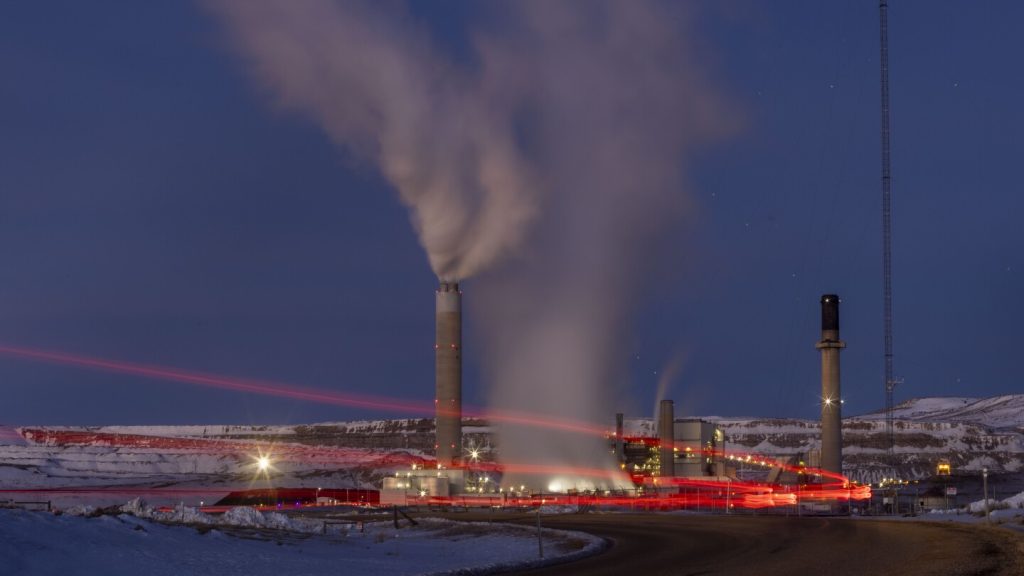The United States is accelerating efforts to license and build a new generation of nuclear reactors to provide carbon-free electricity. President Joe Biden signed legislation in July to streamline the licensing process for new reactor technologies, with bipartisan support from Congress. The U.S. is focusing on small modular reactors and advanced reactors that use alternative coolants like liquid metal, helium, or liquid salt, making them safer than traditional designs. Russia and China are currently the only countries operating advanced reactors, but the U.S. is investing $900 million in funding to boost the technology. Bill Gates’ company, TerraPower, is leading the way by applying for a construction permit for an advanced reactor to be used as a commercial nuclear power plant.
Many readers are curious about the potential of these new reactors as a climate solution, the disposal of radioactive waste, and the safety of the designs. White House National Climate Advisor Ali Zaidi emphasized the importance of utilizing nuclear energy as a tool to address climate change by reducing greenhouse gas emissions. The U.S. aims to have new reactors operational within this decade, with TerraPower planning to operate commercially by 2030. As for radioactive waste, spent fuel from new reactors will be stored at the same sites where they are used until a federal storage facility is established. Some advanced reactor designs may one day consume or run on spent nuclear fuel, similar to the French nuclear industry’s reprocessing of fuel to recover uranium and plutonium for reuse.
Nuclear Regulatory Commission spokesman Scott Burnell reassured readers that all U.S. nuclear plants, including new designs, must meet rigorous safety requirements to operate safely under normal conditions and extreme events. New reactor designs are incorporating nuclear fuels and cooling capabilities to minimize the risk of overheating or meltdowns, with natural processes like gravity and convection enhancing safety measures. The NRC will continue to ensure that new designs account for extreme events and keep their fuel cooled and safe. While there are challenges regarding the storage and recycling of radioactive waste, advanced reactor designs offer the potential for greater efficiency and safety in nuclear energy production.
The development of advanced nuclear reactors represents a promising step towards providing clean and reliable energy to meet the growing demand in the U.S. These reactors have the potential to address climate change by reducing greenhouse gas emissions, offering a practical and clean solution to the country’s energy needs. By incorporating innovative technologies and safety measures, the U.S. is working towards establishing a robust nuclear energy infrastructure that can operate efficiently and securely for years to come. With significant investments and support from both the government and private sector, the future of nuclear energy in the U.S. looks bright, paving the way for a sustainable energy transition in the years ahead.


